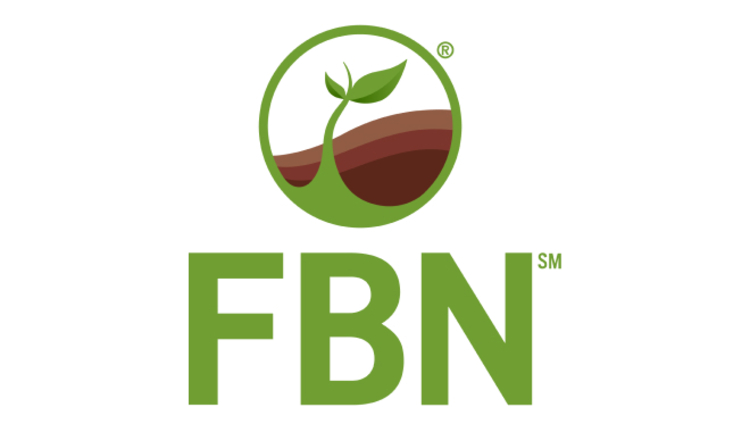The information below has been supplied by dairy marketers and other industry organizations. It has not been edited, verified or endorsed by Hoard’s Dairyman.

Water intake is a key driver in feed intake, so factors that decrease one can also negatively impact the other. Studies have shown that poor water quality has the potential to decrease milk production in dairy cattle and decrease the average daily gain in beef cattle. “Many factors go into ensuring optimal water intake,” states Katie Raver, animal nutrition and field support specialist for Rock River Laboratory. ”To simplify, the most important to assess when looking at water quality can be divided into 4 C’s: cleanliness, convenience, contamination, and content.”
Cleanliness
Although it may seem simplistic, clean water is a crucial part of water intake. Dirty water can lead to contamination and has the potential to decrease palatability. Raver recommends simple, regular management tasks like checking and cleaning waterers routinely to maintain cleanliness.
“Pay special attention to the waterers furthest away from a central location on the farm, as these are at a higher risk for being overlooked,” stresses Raver. “Summer’s high temperatures increase the risk of manure contamination in groundwater sources such as ponds or tanks as animals are more likely to enter water sources.”
Convenience
Water troughs should be easy to access and all waterers in pens should be in working order. “Autofill water troughs are subject to mechanical issues that may prevent refilling and decreasing water availability, so take special care to ensure these are all working as intended,” suggests Raver.“For lactating dairy cattle, it is recommended that each cow have two to four inches of drinking space, and at least two waterers be provided per pen of animals - with larger pens requiring more waterers.”
She goes on to explain that waterers outside of the parlor can also help encourage water intake on the way from the parlor. Cows should not have to travel more than 50 feet to reach water, and for grazing cattle, water sources should be within 600-1000 feet of all areas of the pasture.
“When considering environmental water sources such as ponds or lakes, make sure drought is not limiting availability of water with decreasing water levels,” says Raver.
Contamination
Although feed is considered a source of potential negative enteric bacteria, such as Salmonella or E. coli, water can also be a contributing factor. “Studies have outlined several environmental factors that can increase risk for enteric bacteria populations, including proximity to the feed bunk, shady locations, and high ambient environmental temperature,” shares Raver. “These contaminants have the potential to decrease efficiency by eliciting immune responses within the gut.”
In situations when water contamination is suspected, Raver recommends using water testing to identify coliform and bacterial presence. Algae should also be considered when thinking about water quality. “Blue green algae is of particular interest as growth is possible in stagnant water such as ponds, or tanks. This specific type of algae can be toxic to animals and can cause digestive upset, and even death if severe enough,” warns Raver.
Content
Water can carry quite the array of minerals - however, some of these minerals have more potential to impact performance than others. Water should be tested on a regular basis. More frequent may be required if water is suspected as a cause for production issues.
“The most common minerals thought to cause issues with performance in both dairy and beef animals are TDS [total dissolved solids], sulfates, iron, and nitrates,” shares Raver. “Summer can increase the risk of performance issues due to TDS, as studies have found a decrease in body weight gain when consuming high TDS water during periods of heat stress. Nitrate can be of particular concern in summer months if groundwater such as a tank or pond is the main source of water for grazing cattle as this is especially subject to contamination by fertilizer.”
Increased levels of nitrate in water have been associated with decreased reproductive performance. Raver explains that excess of certain minerals such as sulfur in water can tie up other minerals which has the potential to cause deficiency issues. “However, research is still needed to understand further mineral interactions, potential additive impacts of various minerals in water, and true impact on animal performance.”
Water is a crucial part of animal nutrition, and proper time and planning should be allocated to ensuring that animals have access to a clean uncontaminated water source. Although there are many factors to consider, doing so will help to maximize productivity and efficiency.
Founded in 1976, Rock River Laboratory is a family-owned laboratory network that provides production assistance to the agricultural industry through the use of advanced diagnostic systems, progressive techniques, and research-supported analyses. Employing a team of top specialists in their respective fields, Rock River Laboratory provides accurate, cost-effective, and timely analytical results to customers worldwide, while featuring unsurpassed customer service.











